Erin Patterson: Death cap mushrooms located in Loch by retired poisons information specialist, jury told
Erin Patterson’s phone pinged a cell tower in the nearby town of Loch after a retired pharmacist posted online that she found death cap mushrooms there, a triple-murder trial has been told.
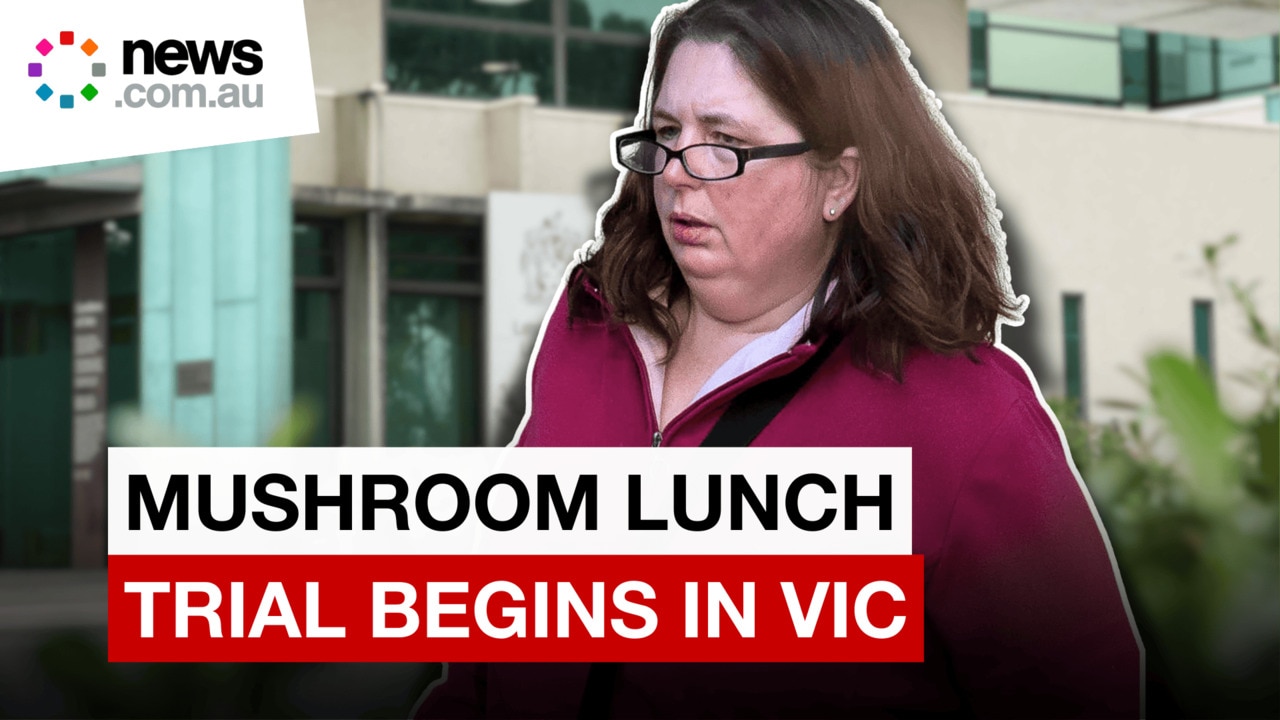
Breaking News
Don't miss out on the headlines from Breaking News. Followed categories will be added to My News.
Alleged triple-murderer Erin Patterson’s phone pinged a cell tower in the nearby town of Loch days after a retired poisons information specialist found death cap mushrooms growing at a local oval, her trial has been told.
On Monday, telecommunications expert Dr Matthew Sorrell gave evidence he was asked to analyse Ms Patterson’s phone records looking to possible visits to two towns where mushroom sightings had been shared on citizen science website iNaturalist.
One of these sightings was by retired pharmacist Christine McKenzie who told the jury she photographed then destroyed death caps growing under Oak trees on April 18, 2023.
Ms Patterson, 50, is facing trial after pleading not guilty to the murder of three of her husband’s relatives and attempting to murder a fourth in the country Victorian town of Leongatha.
Prosecutors allege the mother of two deliberately spiked a lunch at her home on July 29, 2023, with death cap mushrooms, while her defence has argued it was an unintentional tragic accident.
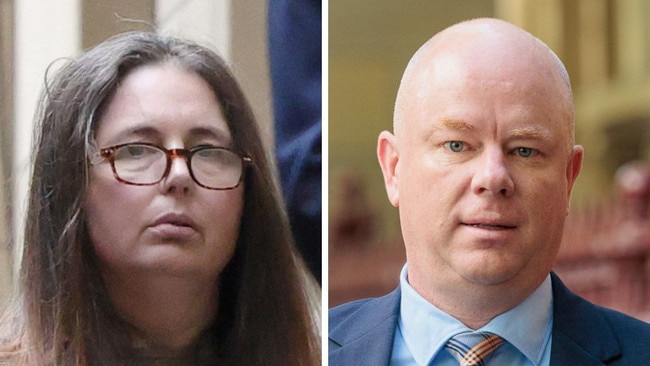
Retired pharmacist was out scouring for fungi: court
Ms McKenzie gave evidence that she located death cap mushrooms near the township of Loch, about 28km northwest of Leongatha, on April 18, 2023.
Prosecutors allege Ms Patterson’s phone records indicate she “travelled to and remained in the Loch area at around 10 am” on April 28, before returning to Leongatha.
Also on May 22, it’s alleged her records indicate she again visited Loch and Outtrim, where the jury was told a sighting of death caps was posted on iNaturalist a day earlier.
Ms McKenzie told the jury she was visiting her daughter and posted the sighting on iNaturalist, a citizen science website used to record species, under the name “Chrismck”.
“We’d been for a walk … my husband and I took our grandson for a walk with the dog,” she said.
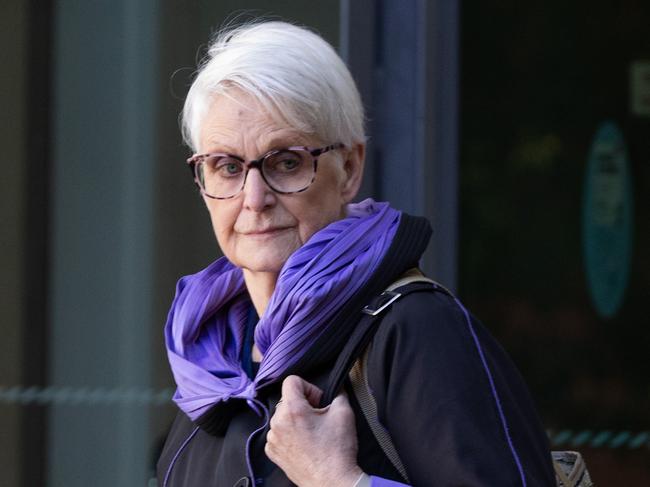
She told the court that she observed death cap mushrooms under oak trees at the Loch Recreation Reserve and removed the sporing bodies.
“Initially, the ones I saw first were under a single oak tree,” Ms McKenzie said.
“We had a dog poo bag with us, so I removed all the death cap mushrooms I could find.”
Asked by prosecutor Jane Warren if there was a “risk” the mushrooms could regrow, Ms McKenzie replied “absolutely”.
“More could come up over the subsequent days, weeks,” she said.
Quizzed on if she saw any regrowth, she said she was only visiting Loch for the day.
Under cross-examination by Ms Patterson’s barrister Sophie Stafford, Ms McKenzie agreed she regularly looked out for death cap mushrooms when walking at the reserve.
“I often suspected there would be death cap mushrooms under the oak tree,” she said.
“I’d never seen them previous to that day.”
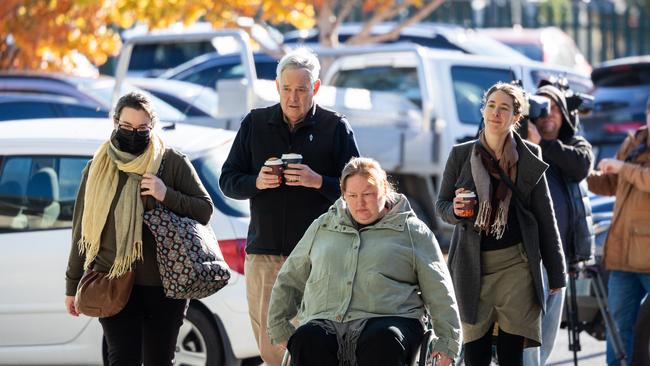
Ms McKenzie told the jury that she worked for the Victorian Poisons Information Centre for 17 years and developed an algorithm to decide what calls about mushrooms should be escalated to a mycologist to be identified.
“We couldn’t ask every single call about fungi to be identified, there could be hundreds,” she said.
She told the court that she developed a special interest in fungi and undertook further study.
“I became fascinated about how few fungi had been identified in Australia and I find them just personally beautiful,” she said.
Telecommunications expert takes the stand
Next up in the trial is Digital Forensic Sciences Australia’s Dr Matthew Sorrell, an expert in telecommunications systems who told the jury he’d given evidence in more than 400 criminal cases.
Dr Sorrell began giving the jury an overview of how telco company records can track mobile phones through their mobile data usage and connection to cell towers.
“In country areas, there are typically 1-2 base stations that cover a local town,” he said.
“There will also be base stations designed to provide wide area coverage.”
He said mobile phone service will operate through “greediness”, with a phone flicking to different cell towers depending on which provides a better service.
Jurors in the trial were shown a map that depicts cell towers in the Gippsland area at Korumburra, Loch South, Arawata, Kardella and Holmes Hill.
Dr Sorrell told the court Telstra provides two types of reports he uses for his work; call charge records and event-based monitoring records.
Call charge records, he says, provide details about a data connection including the phone number, IMIE, time, duration and start and end location.
Event based monitoring, he told the court, provides “significantly” more information about cell connections.
In the city, Dr Sorrell said, he would expect 5-10 event-based monitoring records per minute while in the regions a record would be expected every 3 to 10 minutes.
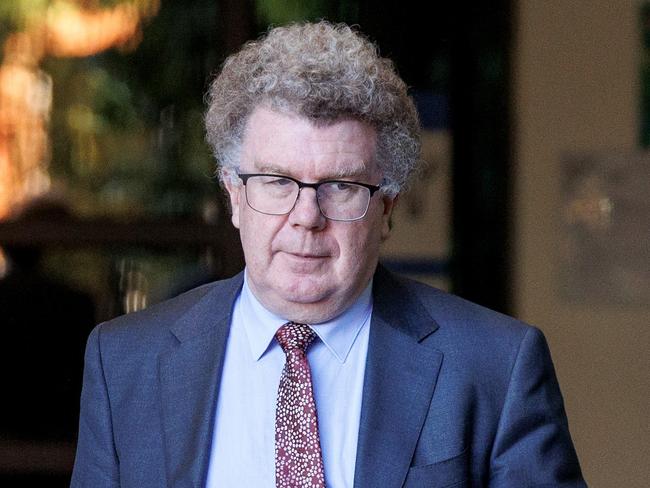
Erin Patterson possibly visited towns where mushrooms spotted: expert
Giving evidence, Dr Sorrell said he was given four and a half years of Erin Patterson’s call charge records and asked to identify any periods she could have visited Outtrim and Loch.
Earlier in the trial, two witnesses gave evidence they located death cap mushrooms in those towns and posted details including a precise location on iNaturalist.
Christine McKenzie said she posted the mushrooms on April 18 in Loch, while Dr Tom May posted a sighting of death caps in Outtrim on May 21.
Dr Sorrell said he used an “arbitrary” period of 20 minutes in the area to characterise a “possible, not definite” visit from Ms Patterson’s phone, as opposed to passing through.
“This evidence has quite significant limitations in terms of both time and place as a consequence the best that can be said is that the phone is generally in the area,” he said.
On May 22, 2023, he said the records were “indicative” of the phone remaining in the Outtrim area for up to 25 minutes.
He said the records “support the opinion the phone could be in the northern section of Outtrim” between 11.24am and 11.49am.
The data, he suggested, “indicates the phone is more likely to be relatively stationary” as opposed to data collected from 11.50am to 12pm which indicates travel until the phone ends in Leongatha.
Prosecutor Jane Warren’s questioning then turned to the township of Loch, where the jury was told Dr Sorrell had identified two potential visits.
The first was between 9.14am and about 10am on April 28, where Dr Sorrell said Ms Patterson’s phone possibly visited Loch on a round trip from Korumburra.
“While there is a potential visit it doesn’t definitely point to being in the Loch township,” he said.
A second possible visit on May 22, the same day as the potential Outtrim visit, Dr Sorrell said was “more strongly supported” by the records.
Dr Sorrell will face cross-examination by Ms Patterson’s defence when the trial resumes on Tuesday.
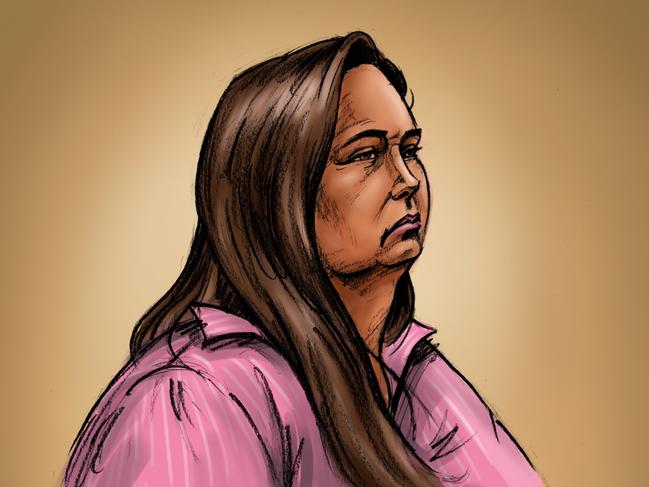
Prosecutors allege Ms Patterson intended to kill the lunch guests attending her home after inviting them with the “false claim” of discussing a cancer diagnosis.
“It is the prosecution case that the accused deliberately poisoned, with murderous intent, each … after inviting them for lunch on the pretence that she’d been diagnosed with cancer and needed advice about how to break it to the children,” Crown prosecutor Nanette Rogers SC said at the start of the trial.
Her husband Simon Patterson’s parents, Don and Gail Patterson, both 70, and Gail’s sister Heather Wilkinson, 66, died in hospital in the weeks after the gathering.
Ms Wilkinson’s husband, Korumburra Baptist Church pastor Ian Wilkinson, fell gravely ill but recovered.
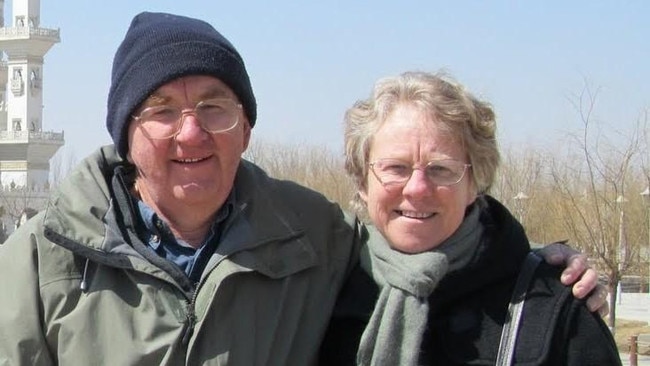
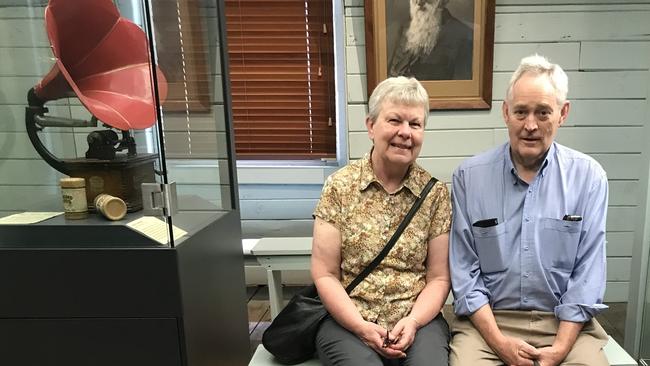
Defence barrister Colin Mandy SC told the jury that Ms Patterson did not dispute that the four lunch guests consumed deadly death cap mushrooms at her Leongatha home.
“The defence case is that Erin Patterson did not deliberately serve poisoned food to her guests at that lunch,” he said.
“The defence case is that what happened was a tragedy, a terrible accident.”
The trial, before Justice Christopher Beale, continues.
Originally published as Erin Patterson: Death cap mushrooms located in Loch by retired poisons information specialist, jury told



